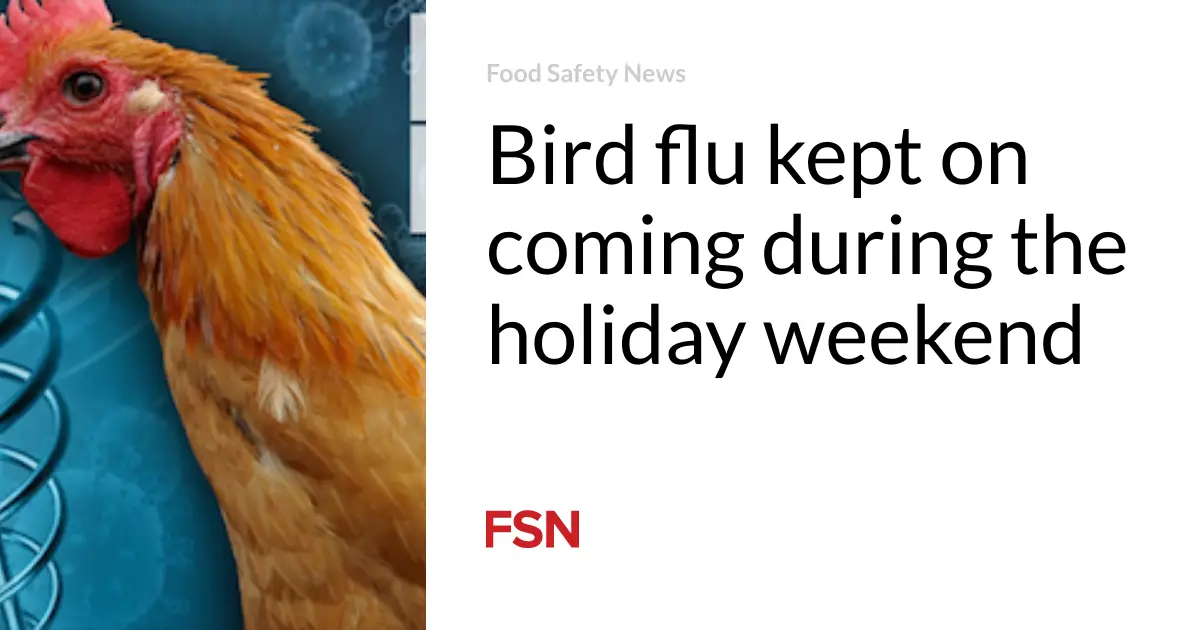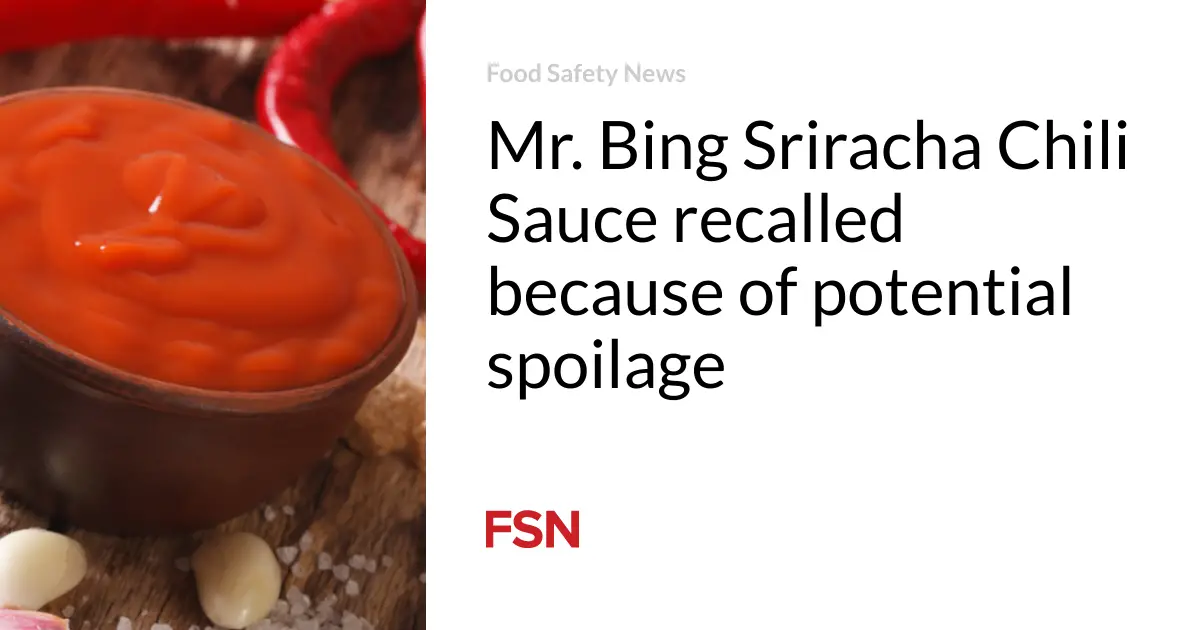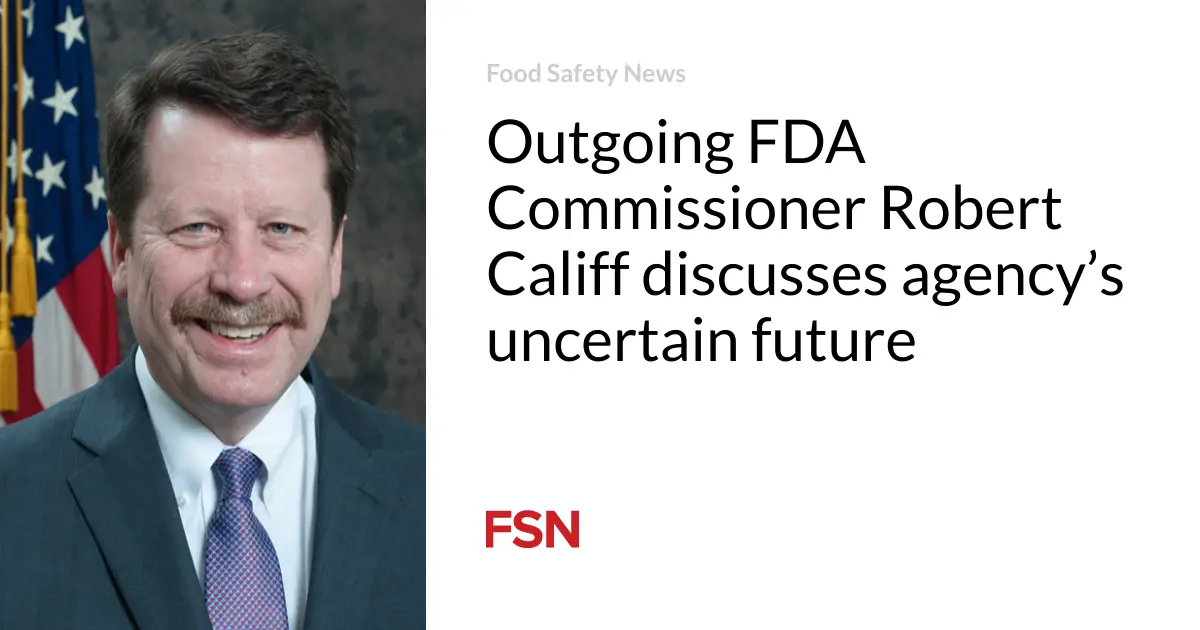
[ad_1]
Since the bird flu was first reported in dairy cows on March 25, scientific inquiry has picked up to the point where findings and expert opinions are being made weekly.
Meanwhile, farmers and ranchers are worried and looking for more ways to protect their herds and figure out more about the spread of the virus. And while the strong warning not to drink raw milk puts the avian flu virus in the food-borne disease category, that could just be the start of things
This week, Scott Hensley, a professor of microbiology at the University of Pennsylvania, said the pandemic threat is currently low, but” it could rise quickly.”
That was a little more optimistic than last month’s prediction by former Centers for Disease Control and Prevention (CDC) Director Robert Redfield that its only a matter of time before humans are caught up in a bird flu pandemic. He said “bird flu will enter humans” and that it could have “significant mortality.”
As it turns out, the mammary glands of dairy cows, according to a University of Wisconsin-Madison report in the July 8th journal Nature, are targets for the H5N1 avian virus. The findings may not be limited to dairy cows. A bird flu virus from an infected person in 2004 also made it to the mouse and ferret mammary glands.
Additional experiments found that the virus wasn’t very effective at spreading through the air.
With the immediate impact on commercial poultry and dairy cows, Colorado was the center for Bird flu over the recent Independence Day weekend. On July 3, another farm worker was reported infected with bird flu, which is linked to dairy cows.
Since early 2022, the CDC has reported five human bird flu cases.
‘Based on the information available at this time, CDC’s current H5N1 bird flu human health risk assessment for the U.S. general public remains low,” CDC’s official statement continues to state.
Also, Colorado Gov. Jared Polis did not get through the July 4th Weekend before being forced to declare a disaster for a Weld County farm. Bird flu at the egg-laying farm is killing another 1.8 million chickens—a major resurgence of bird flu on a commercial farm that lost 6 million birds to the virus.
The Governor’s declaration activates the state’s emergency operation plan and makes additional resources available for the response.
(To sign up for a free subscription to Food Safety News,click here)
[ad_2]
Source link





